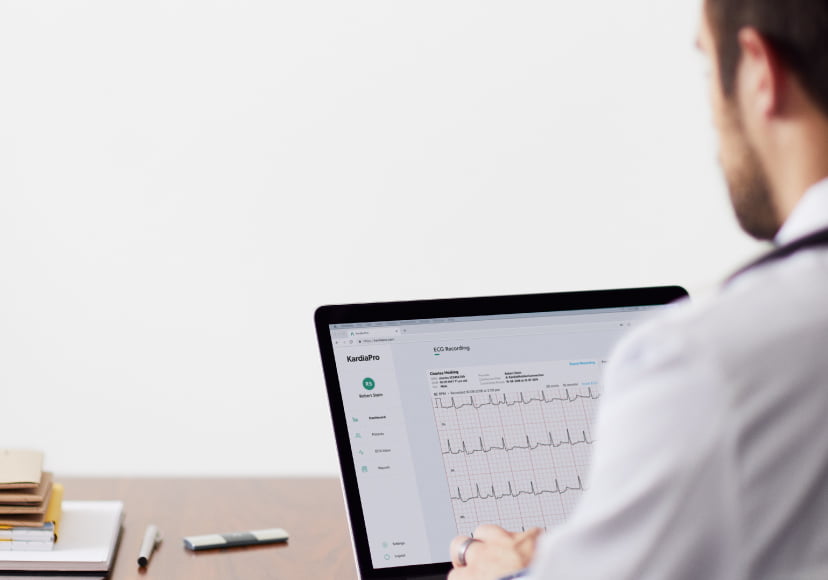
Remote Patient Monitoring is here.
And evidence supporting its validity as a tangible solution to some of healthcare’s greatest problems is growing by the day. A system whereby patients are empowered to monitor their own health, and physicians review data without an office visit results in welcome benefits to doctor, patient and a healthcare system at its breaking point.
And now, it’s not a waste of your time.
Modern Remote Patient Monitoring (RPM) systems make it possible to turn new work flows into measurable reimbursement streams. And this trend continues as payers, practitioners and patients see the numerous benefits of remotely collecting physiological metrics.
Since 2015, providers have been reimbursed more than $100 million for non face-to-face care of Medicare beneficiaries.
Everyone benefits.
-
Physicians are providing higher quality of care to more patients
As unneeded office visits are eliminated, physicians are freed up to deliver better care to more patients.
-
Patients are empowered to take control of their own health
Patients gain peace of mind knowing their data can reach their health care team round-the-clock. They are motivated to take their health into their own hands, and collect data before picking up the phone.
-
Reduced cost burden on the healthcare system
As payment models continue to shift from fee-for-service to value-based care, Remote Patient Monitoring provides practices an important infrastructure aimed at improving population health while saving physicians time.
Four keys to a successful Remote Patient Monitoring program.
-
Track relevant clinical indicators, such as blood pressure or ECG using trusted, widely-used devices
-
Leverage state-of-the-art, easy to navigate software
-
Track program metrics that align with your organization’s broader strategic objectives
-
Ensure conformance with Remote Patient Monitoring billing requirements